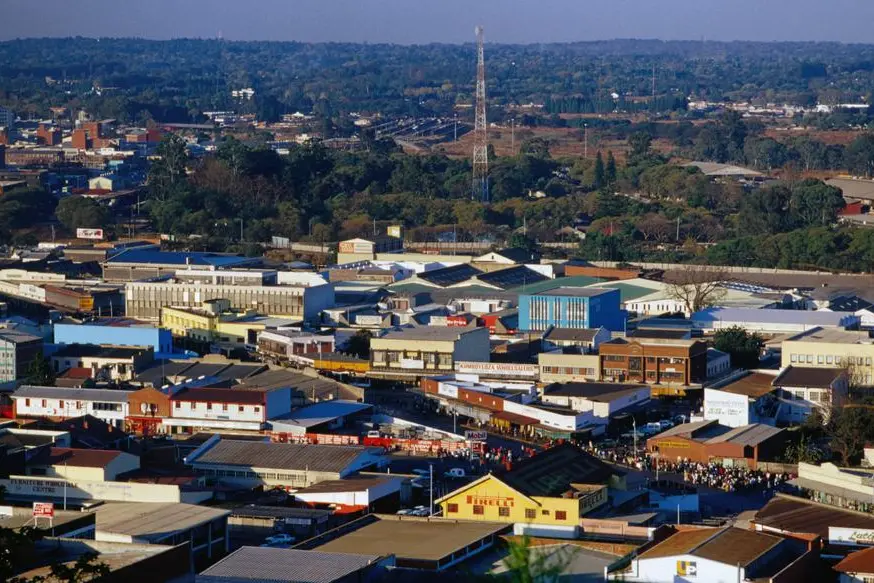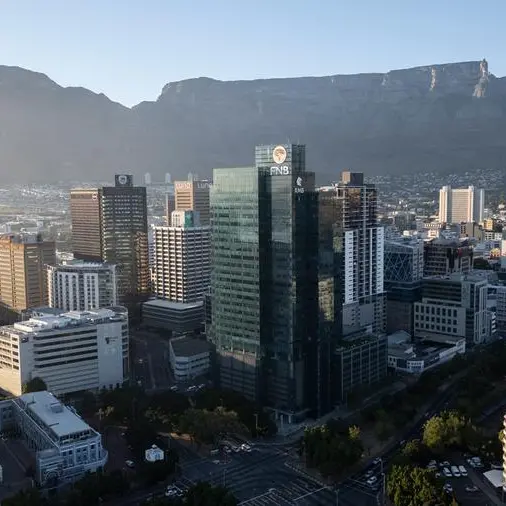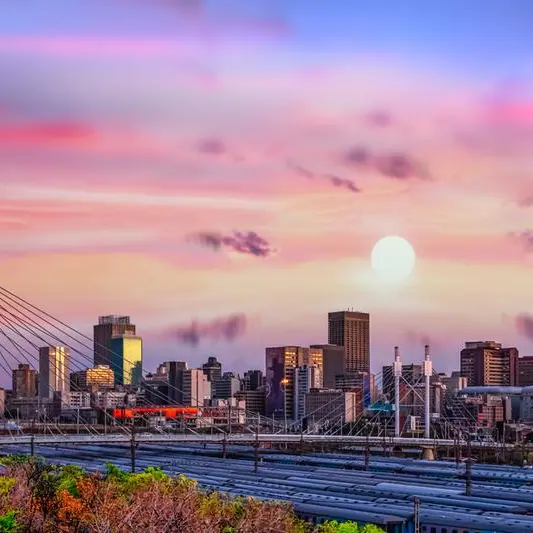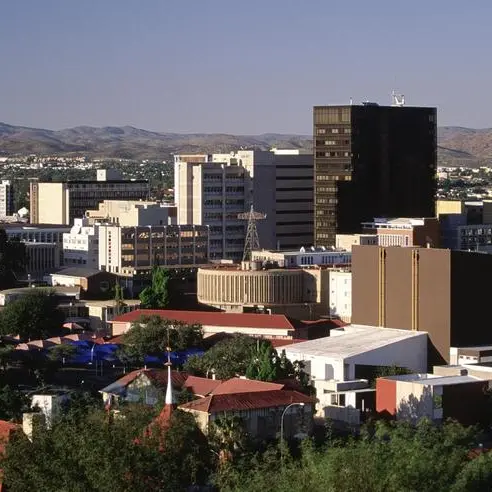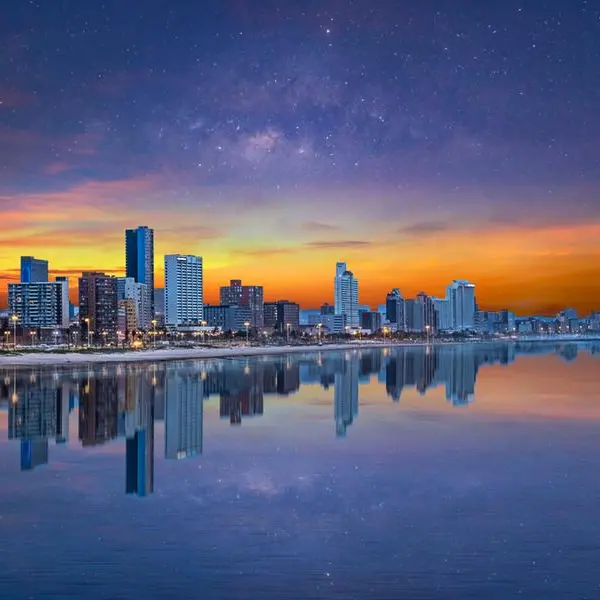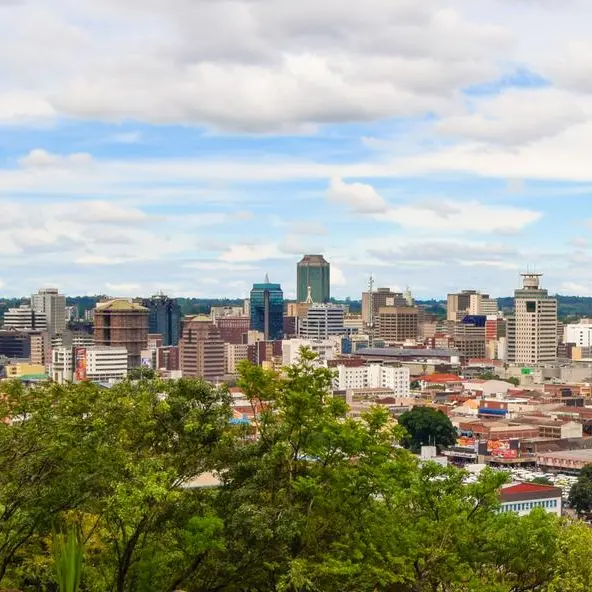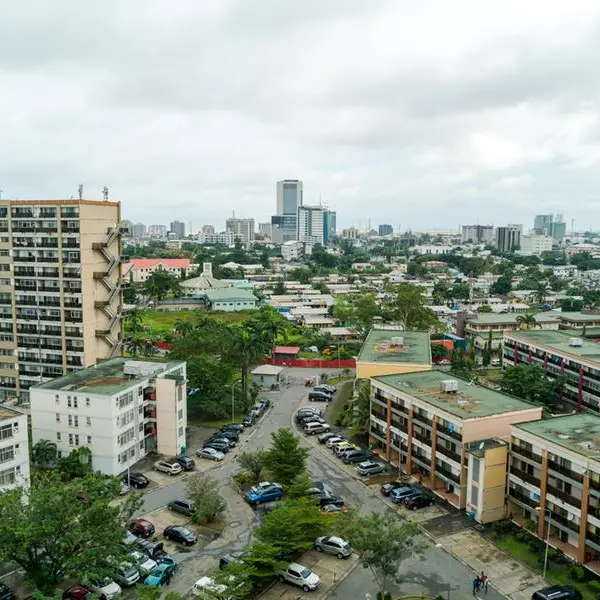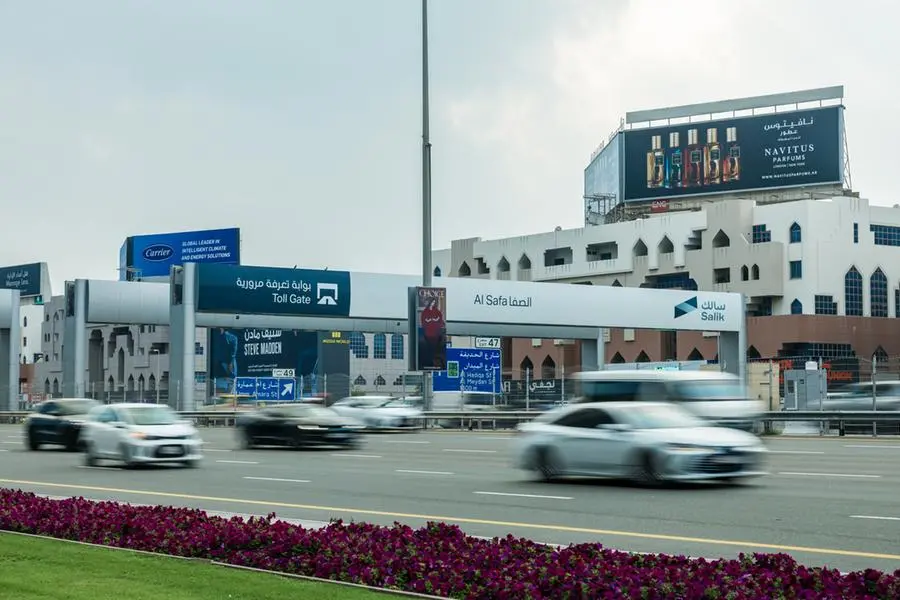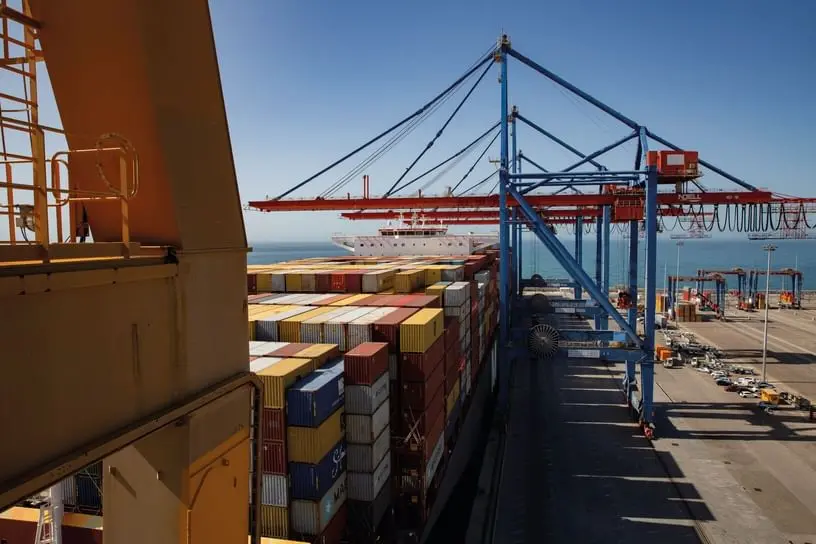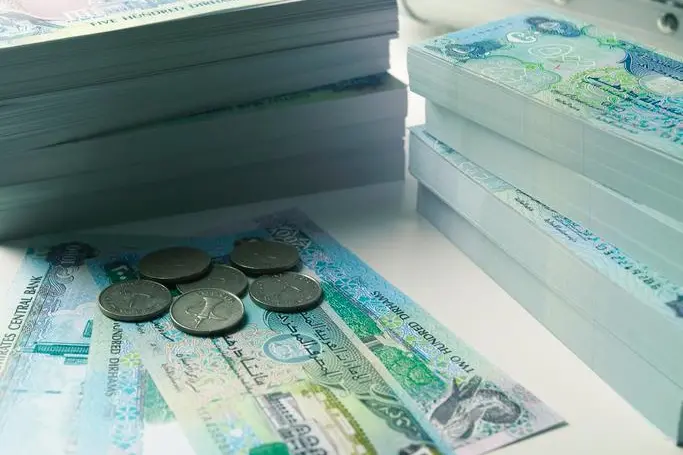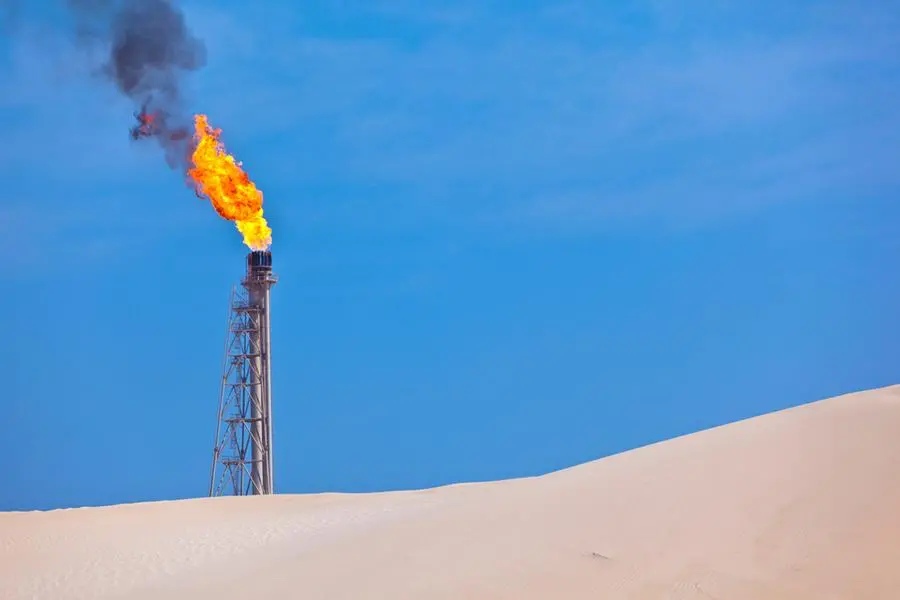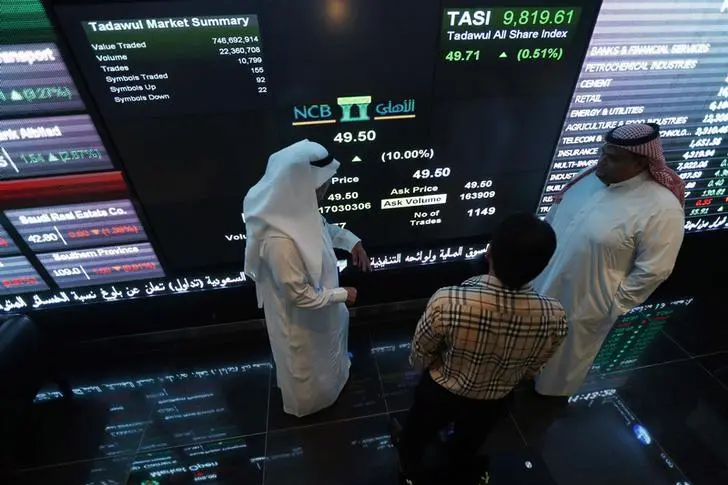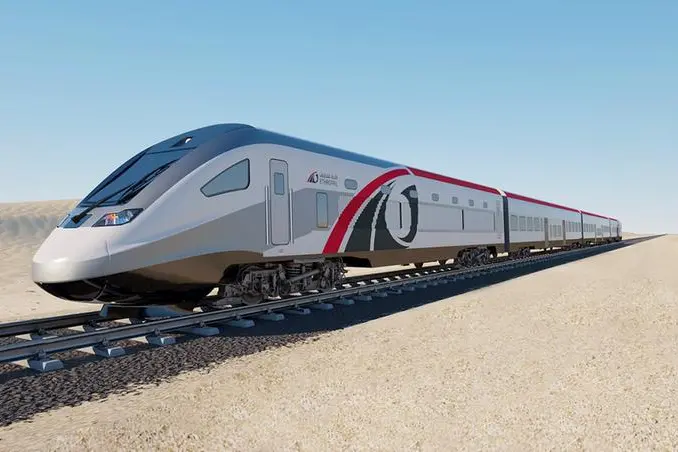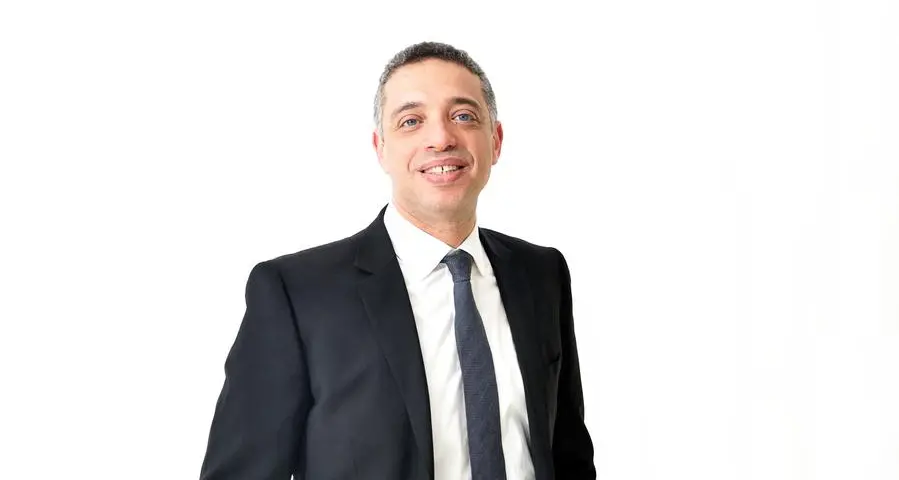PHOTO
Harare, Harare, Zimbabwe, East Africa, Africa. Image used for illustrative purpose. Getty Images
According to government statistics, GDP growth rates have shown positive movement, suggesting that the country’s economy is expanding.
For instance, in 2021, Zimbabwe’s GDP grew by 7.8%, followed by 6.1% in 2022, and in 2023, the figure stood at 5.3%.
This year, largely due to the El Niño-induced drought, the country’s economy is projected to slow down to 2%.
The Zimbabwean government, in its ambitious Vision 2030, has set the goal of transforming the nation into an upper-middle-income economy by the year 2030.
On the surface, such figures and promises may seem cause for celebration.
However, the reality for ordinary Zimbabweans is far from rosy.
Despite these positive-sounding figures, there is absolutely nothing for the average citizen to celebrate when it comes to economic growth.
In fact, while the economy may be expanding, it is hard to see any tangible improvement in the living standards of the vast majority of Zimbabweans.
Economic growth, GDP figures, and government projections often paint an incomplete picture.
A closer analysis of key indicators, such as Human Development Index (HDI), unemployment rates, poverty levels, and living standards, reveals a far grimmer reality.
Zimbabwe’s citizens may be living in a country that claims to be on the path to becoming an upper-middle-income economy, but for the majority, this growth has not translated into better lives.
Instead, they continue to face extreme poverty, high unemployment, and stagnant wages—trapped in a system where the benefits of growth largely bypass the ordinary citizen.
This article aims to explore why Zimbabweans should not celebrate the country’s economic growth figures.
It will critically examine how GDP and other economic indicators do not adequately reflect the welfare of the population, and how corruption, resource mismanagement, and income inequality undermine any potential benefits of growth.
We will also compare Zimbabwe with other nations that have lower GDP but superior living standards, to highlight the crucial importance of wealth distribution and good governance in fostering real economic prosperity for ordinary people.
The Economic Growth Figures: A Closer Look at the Numbers
The Zimbabwean government has reported consistent economic growth in recent years.
While GDP growth is often seen as a sign of a thriving economy, it is essential to understand that economic growth does not always translate into better lives for citizens.
The reality in Zimbabwe is that while the country’s economy may be expanding, the benefits of this growth are not reaching the vast majority of the population.
GDP per capita, a critical measure of economic wellbeing, is still remarkably low—hovering around $1,000—far below the thresholds typically associated with upper-middle-income economies.
The economic growth touted by the government often overlooks the deep structural issues that continue to affect ordinary Zimbabweans, such as inflation, unemployment, and poverty.
In short, while the economy may be growing on paper, the average citizen is not feeling the effects of this growth.
Consumer purchasing power has declined, wages have eroded, and basic goods are often unaffordable due to inflationary pressures.
GDP and Wellbeing: The Disconnect
The most critical flaw in using GDP growth as the sole indicator of a country’s economic progress is that it does not measure how that growth is distributed.
GDP is an aggregate measure of economic activity—it tells us how much value is produced in the economy—but it does not explain how that value is shared among the population.
The key question is not how much the economy grows, but who benefits from that growth.
In Zimbabwe, the answer is clear: very few.
The vast majority of economic growth is captured by the elite—those with access to the country’s natural resources, government contracts, and political power.
The rest of the population, particularly the poor, see little to no improvement in their living conditions.
For example, in 2023, Zimbabwe’s poverty rate remained over 70%, whilst the extreme poverty rate, which measures people living on less than $1.90 per day (international poverty line), is estimated at around 50% of the population.
The Human Poverty Index (HPI) also reflects the dire situation, with high rates of child mortality, low literacy, and limited access to healthcare.
While the government may tout the GDP growth, these indicators suggest that the country’s economic growth is not being channeled into improving the quality of life for ordinary Zimbabweans.
The gap between the rich and the poor continues to widen.
Other Key Indicators: HDI, Unemployment, and Poverty
While GDP growth is a widely used indicator, it provides a limited understanding of the economic reality for the majority of citizens.
More comprehensive indicators, such as the Human Development Index (HDI), unemployment rates, and poverty levels, offer a more accurate measure of whether the economic growth is improving the lives of ordinary people.
According to the United Nations Development Programme (UNDP), Zimbabwe’s HDI score is 0.563 (ranking 150th globally in 2021).
This places Zimbabwe in the low human development category.
HDI takes into account life expectancy, education levels, and income.
Despite economic growth, Zimbabwe’s HDI has remained low, reflecting widespread healthcare issues, poor education quality, and low income levels for the majority of the population.
Official unemployment in Zimbabwe is reported at around 5.1%, but this figure is misleading.
The country has one of the highest informal economies in the world, with a large percentage of the workforce engaged in informal employment.
In reality, the effective unemployment rate is closer to 80%, with millions of Zimbabweans relying on informal sector activities like street vending, subsistence farming, or cross-border trading to survive.
Despite the government’s claims of economic recovery, formal sector employment has not increased significantly, and youth unemployment remains a major challenge, pushing many young people to seek opportunities abroad.
As mentioned earlier, over 70% of Zimbabweans are classified as poor.
This means that despite positive GDP growth figures, the majority of the population is living in abject poverty, unable to afford basic necessities like food, healthcare, and housing.
Extreme poverty is widespread, particularly in rural areas, where many families rely on subsistence farming and have limited access to basic services like health care, clean water and education.
In urban centers, the high cost of living and lack of employment opportunities have pushed many people into informal or precarious work, with little security or social safety nets.
The “Upper-Middle-Income” Mirage
The Zimbabwean government’s goal of reaching an upper-middle-income economy by 2030 may sound impressive on paper.
According to the World Bank, an upper-middle-income economy is defined as having a gross national income (GNI) per capita between $4,046 and $12,535.
However, the statistical thresholds used to categorize countries by income levels often fail to reflect the reality of economic inequality and resource distribution within the country.
Zimbabwe could theoretically reach this threshold by inflating GDP figures or relying on large-scale mining and other natural resources, but this would not necessarily translate into improved livelihoods for its citizens.
In fact, Zimbabwe’s experience may mirror that of other countries with low GDP per capita but higher living standards.
For instance, countries like Vietnam or Morocco have lower GDPs than Zimbabwe but have made substantial progress in reducing poverty, improving healthcare, and raising educational standards.
This shows that income per capita alone is not a definitive measure of wellbeing—distribution matters far more.
Corruption: The Barrier to Economic Justice
One of the primary reasons why Zimbabwe’s economic growth has failed to benefit ordinary citizens is the widespread corruption that permeates the country’s political and economic systems.
According to the 2023 Corruption Perceptions Index published by Transparency International, Zimbabwe ranks 157th out of 180 countries, with a score of just 24 out of 100 (where 0 is highly corrupt and 100 is very clean).
This places Zimbabwe in the bottom third of the most corrupt countries in the world.
Corruption in Zimbabwe is a fundamental driver of economic inequality and the underdevelopment of the nation.
The looting of national resources, mismanagement of public funds, and widespread bribery have ensured that the wealth generated by the country’s resources does not reach the average Zimbabwean.
The ruling elite and those with political connections have siphoned off huge sums of money from sectors such as mining, land distribution, and government contracts.
One of the most striking examples of this systemic corruption is the illicit gold trade.
Zimbabwe is rich in gold, but reports indicate that large amounts of gold are smuggled out of the country without benefiting the nation’s economy or its citizens.
In 2023, it was estimated that Zimbabwe lost over $2 billion in revenue from gold smuggling, yet the government has done little to address the issue.
Corruption also extends to the allocation of resources in state-run industries and infrastructure projects.
Public sector companies are often mismanaged or used as a means to enrich the politically connected, leaving the public without the services they are supposed to receive.
For example, right now Zimbabweans are going for around 17 hours without electricity—in fact, yesterday, most households experienced power outages of over 24 hours—all because of the pillaging of resources at the power utility (ZESA) by top officials who have the backing of the country’s ruling elite.
In a system where resources are captured by the few, the promise of economic growth or an upper-middle-income economy is largely meaningless for the majority of citizens.
Even if Zimbabwe reaches the income thresholds for an upper-middle-income country, the disproportionate concentration of wealth will ensure that the benefits of this growth remain inaccessible to the population at large.
Wealth Distribution: A Tale of Two Zimbabwes
One of the central factors in Zimbabwe’s lack of tangible progress is the unfair distribution of wealth.
Despite reports of positive economic growth, the country’s wealth remains concentrated in the hands of a small elite, while the majority of citizens continue to live in poverty.
In the rural areas, where over 70% of Zimbabweans reside, people are living below the poverty line, with little access to basic services like clean water, healthcare, and education.
Many farmers struggle to survive on small, underproductive plots of land, while others leave for urban areas in search of employment in a job market that has little to offer.
In contrast, the politically connected have access to luxurious properties, high-end education, and opportunities for wealth accumulation through control over resources like land and minerals.
Zimbabwe’s vast natural resources, including platinum, diamonds, and gold, should be a source of wealth for all its citizens.
However, due to corruption and mismanagement, much of this wealth is exported or embezzled by those in power, leaving ordinary Zimbabweans with very little to show for it.
A prime example of this inequality is the land reform program of the early 2000s, which, while aiming to address historical injustices in land distribution, ended up enriching politically connected individuals and leaving many smallholder farmers without the resources or support they needed to succeed.
The elite now own much of the country’s most productive land, while the majority struggle to make ends meet.
As a matter of fact, yesterday I received a disturbing report from a rural peasant farmer who told me that even their portion of ‘pfumvudza’ agricultural inputs from the government had been significantly reduced.
A 50kg bag of seed is now expected to be shared between two farmers which is woefully inadequate for the 1800 holes per plot each farmer had been compelled to dig for seed planting.
This has left the already poor rural folk even poorer.
This situation has been compounded by ongoing currency devaluation and inflation, which further diminish the purchasing power of the ordinary Zimbabwean.
There are now two Zimbabwes: one for a small rich elite and the other for the millions of poor Zimbabweans.
The Need for Real Change: Fighting Corruption and Inequality
As long as corruption remains entrenched in Zimbabwe’s political and economic system, and wealth continues to be concentrated in the hands of a few, the country’s reported economic growth will mean little to ordinary citizens.
There needs to be a deliberate effort to combat corruption and ensure that the resources of the country are used to benefit all Zimbabweans.
The government must take serious action to combat corruption by strengthening anti-corruption institutions, enforcing accountability, and creating transparency in the use of public funds.
Political leaders should be held to account for their actions, and there must be consequences for the illegal appropriation of state assets.
Furthermore, the wealth generated by the country’s vast natural resources should be distributed more equitably, with programs in place to ensure that those who have been marginalized—particularly in rural areas—benefit from the country’s wealth.
Zimbabweans Must Demand Their Fair Share
The failure of economic growth to translate into improved living standards is not just a problem for the government to solve—it’s also a problem for Zimbabweans themselves.
Citizens must demand their fair share of the country’s wealth and resources.
Public pressure for greater accountability, social justice, and fair distribution of wealth is essential if Zimbabwe is to make meaningful progress.
Zimbabweans need to shift the conversation away from GDP growth figures and political promises of an upper-middle-income status.
Instead, they should focus on real indicators of well-being, such as poverty reduction, access to quality healthcare and education, and employment opportunities.
The government needs to prioritize the welfare of ordinary Zimbabweans, rather than the political elite.
This can only happen if citizens are empowered to demand better governance, fairer resource distribution, and greater accountability from those in power.
Conclusion: Beyond the Numbers
In conclusion, the idea that Zimbabweans should celebrate economic growth based solely on GDP figures is fundamentally flawed.
Economic growth alone does not guarantee improved living standards.
Zimbabwe’s GDP growth may look promising on paper, but it has not resulted in meaningful changes to the lives of ordinary Zimbabweans.
The real measure of a nation’s economic success should be based on how wealth is distributed, how resources are managed, and how well the basic needs of the population are met.
As long as corruption and inequality remain rampant in Zimbabwe, the benefits of economic growth will continue to elude the majority of citizens.
It is time for Zimbabweans to move beyond the numbers and demand a fairer distribution of wealth, better governance, and real economic change.
Economic growth, when it is inclusive and equitably distributed, can indeed bring about a brighter future for all Zimbabweans—not just those at the top of the political and economic ladder.
© Copyright The Zimbabwean. All rights reserved. Provided by SyndiGate Media Inc. (Syndigate.info).
